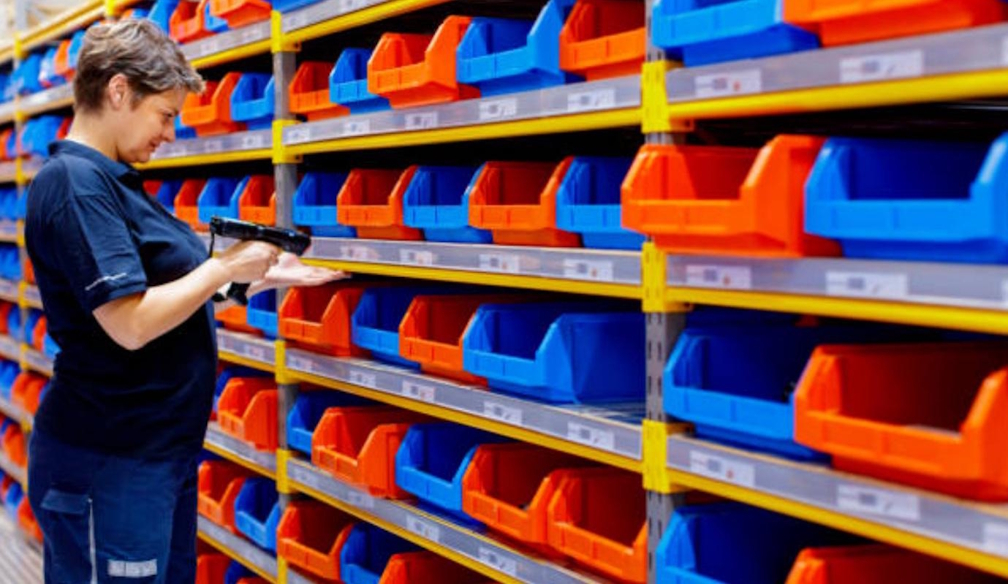The Evolution of Bulk Plastic Storage Solutions

For effective organisation and storage in homes, offices and industrial environments bulk plastic storage containers are necessary. Constructed from sturdy plastic these multipurpose containers are built to efficiently keep and safeguard a variety of goods. They are perfect for spaces with limited floor surface because of their stackable design which maximises vertical space. They easily accommodate various storage demands and preferences because they come in a variety of sizes and shapes. These container robust design guarantees durability even under harsh circumstances or with repeated use. To keep kept things safe and shielded from dust or harm many have lids or interlocking mechanisms. For incredibly convenient tool, material or product organisation in a variety of residential and commercial contexts bulk storage bins are frequently utilised.
Different Types of Bulk Plastic Storage Bins
There are several varieties of bulk plastic storage bins each made to satisfy particular organisational and storage requirements. Stackable bins are ideal for classrooms, warehouses and tiny storage spaces since they maximise vertical space. Because nesting bins easily fit into one another they provide space saving solutions while not in use. It takes less time to find specific products when stored in clear plastic bins because they are easily visible. Heavy duty bins are made to last and are appropriate for keeping heavy or bulky objects in industrial environments. Airflow is provided via ventilated bins which are perfect for keeping perishables or anything that are prone to moisture accumulation. Secure storage is provided by lidded containers which shield contents from dust, vermin and environmental elements including humidity. Wheeled mobile storage bins make moving bulky or heavy objects across vast areas like industries or schools simple. Whether in use or put away stack and nest bins maximise space by combining nesting and stack ability capabilities. In institutional or educational contexts recycling bins are a specialised kind made to effectively separate and store recyclable materials. Collapsible bins are incredibly practical for temporary storage requirements, they maximise space efficiency by folding flat when not in use. Speciality bins such those with dividers are designed to help organise smaller items like tools, stationery or school supplies. Knowing the types guarantees that the appropriate container is selected for particular uses improving efficiency and organisation.
Safety Guidelines for Using Bulk Plastic Storage Bins
Following safety precautions is crucial while using bulk plastic storage bins in order to avoid mishaps and guarantee durability. In order to prevent overloading first make sure the bins are the right size for the contents they will contain. A bin that is overloaded may sustain structural damage or become unstable which could be dangerous. To improve stability and stop tipping always put the heaviest objects at the bottom of the bins. To prevent putting too much strain on the plastic material pay attention to the manufacturer weight restrictions. Periodically check the bins for wear indicators, chips or cracks that could jeopardise their security. Bins that are broken or cracked should be thrown out to prevent mishaps when being stored or transported. To keep bins from tipping over especially in high stacks make sure they are firmly aligned when being stacked.
Bins should not be stacked too high for enhanced safety because this raises the possibility of injury and falls. Before moving or stacking bins with lids check sure the lids are fastened and closed firmly. By doing this the contents will not escape and hurt anyone. Use the right lifting equipment to prevent strain or injuries if bins are kept in high or difficult to reach locations. Use extra safety precautions such as protective gloves or forklifts to handle large objects if bins are being used in industrial environments. To keep bins from moving or dropping make sure they are set up on sturdy surfaces.
To lower the chance of injury in settings where children are present choose bins with rounded edges or safety features. To keep the bins in good shape and avoid any accumulation of hazardous materials adhere to the correct cleaning and maintenance procedures.





